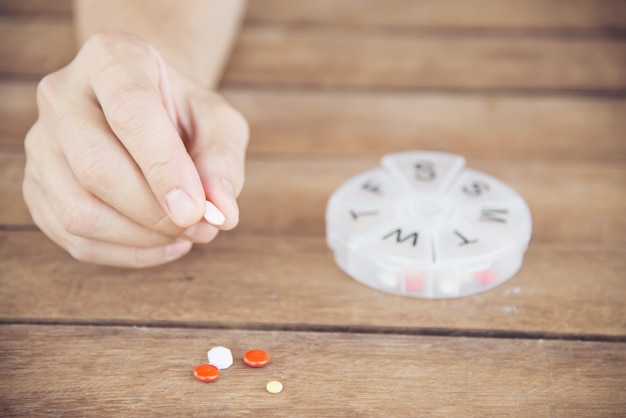
Understanding how long drugs remain in your system isn’t a simple question to answer. First off, there are thousands of drugs out there—both legal and illegal—and each varies in how long it stays in your body. On top of that, other factors like your metabolism, body size, hydration, dosage, and how frequently you use the drug also play a role.
While there are tables and charts that outline estimated durations for specific drugs, it’s impossible to cover every single one. What can be more helpful, though, is understanding the concept of “drug half-life.” This term refers to how your body processes drugs and can explain why some linger longer than others.
### What Is a Drug’s Half-Life?
The half-life of a drug is essentially how long it takes for half of the drug dose to leave your system. For example, if you take 40 mg of a drug with a four-hour half-life, here’s how it breaks down:
– After 4 hours, 20 mg remains.
– After another 4 hours, 10 mg remains.
– Another 4 hours later, 5 mg remains, and so on.
In this example, the drug might technically stay in your body for 20 hours or more. However, the effects diminish as the drug levels drop. This means the drug could still be in your system, even if you no longer feel its impact.
It’s important to note that half-life is just one piece of the puzzle. How your body processes drugs also has a significant effect on how long they stick around, and this processing plays a role in treatments like drug detox or designing treatments for illnesses.
### How Does Your Body Handle Drugs and Alcohol?
Drugs pass through four basic stages in your body: absorption, distribution, metabolism, and excretion. Let’s walk through each step.
#### 1. Absorption
Absorption happens when the drug enters your body, and this can occur in several ways—through the mouth, nose, eyes, skin, or even rectally. The way the drug is absorbed depends on its form. For instance, steroid nasal sprays go directly into the nose, while steroid pills are taken orally. Pain-relief medications might come as skin patches, pills, or be injected intravenously.
How you absorb a drug influences how well it works. For example, a nasal spray acts directly on the problem area, while a pill has to survive the stomach’s acids, which can break down part of the drug. Similarly, an injection delivers the drug straight into the bloodstream, while a skin patch works more slowly as it passes through layers of fat.
Some drugs are only effective in specific forms, such as insulin, which must be injected. Others, like opiate painkillers, can be absorbed in multiple ways, including pills, liquid form, injections, or patches.
#### 2. Distribution
Once the drug enters your system, it needs to reach its target area. This is called distribution. Some drugs—like nasal sprays or topical creams—are applied directly where they’re needed. Others, like oral medications or IV painkillers, travel through your bloodstream to reach the affected area.
Drugs ingested orally often take a more complex route. They must pass through your stomach and intestines and then be filtered by your liver before reaching the bloodstream. Even drugs designed to work locally, like skin creams, can sometimes make their way into your blood, causing side effects elsewhere in your body.
The speed of distribution depends on factors like protein and fat levels in your blood and whether the drug needs to cross the blood-brain barrier to take effect.
#### 3. Metabolism
Metabolism is how your body breaks down the drug, either turning it into something active or neutralizing it. Most of this happens in your liver. In some cases, drugs are inactive when you take them and only activate after liver processing. In others, they’re active once ingested and deactivate after being metabolized.
Interestingly, how quickly or slowly your body metabolizes a drug can also be affected by the drug itself. For example, stimulants like amphetamines can speed up your metabolism, causing the drug to process faster, while opioids like OxyContin can slow it down, keeping the drug in your system longer.
#### 4. Excretion
Excretion is the final step, where your body gets rid of the drug. This primarily happens through urination, which is why urine tests are commonly used to detect drug use. Drugs can also leave your body through sweat, breath, and feces.
For instance, alcohol is partly excreted through your breath and sweat. This is why breathalyzers can detect blood alcohol levels, and why someone might smell of alcohol after drinking heavily.
### How Long Do Drugs Stay in Your System?
The length of time a drug remains in your body depends on its natural half-life and how it’s absorbed, distributed, metabolized, and excreted. Short-lived drugs like alcohol are processed and expelled relatively quickly—within a few hours. On the other hand, drugs like anabolic steroids, which have long half-lives and limited excretion routes, can persist in your body for weeks or even months.
If you use a drug regularly, it can take even longer to clear out because your body is constantly working to process both new doses and any leftovers from previous ones. Ultimately, understanding these factors can help you better grasp why different drugs behave the way they do in your system.